RENDEZVOUS WITH THE Dancing Divas
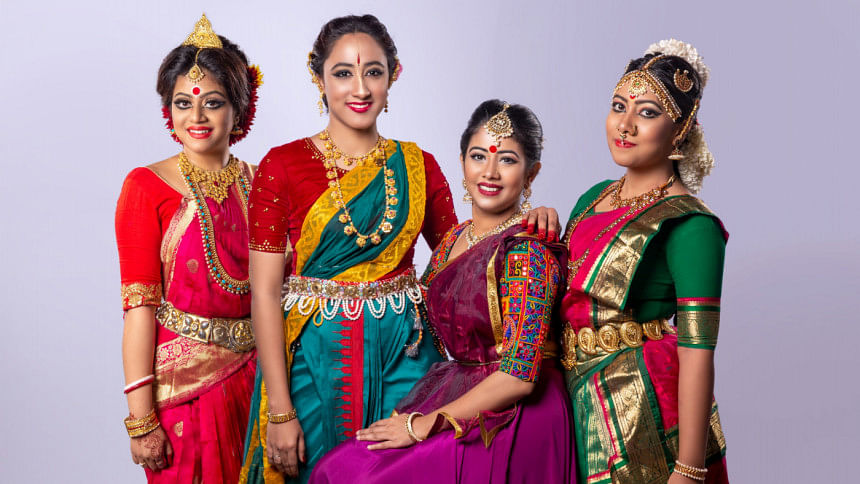
Rafi Hossain: Welcome to Uncensored with Rafi Hossain. Today, we have with us Sudeshna, Orthy, Snata and Rachel. In our country, even though many learn classical dance, few choose it as their career. What do you think are the reasons behind this?
Sudeshna Swayamprabha Tathoi: It is all about personal preference and devotion to this art form. Those who are devoted to dance will definitely practise the art regularly. Previously, dancing was seen as a supplementary career, but now many choose dance as their full-time career.
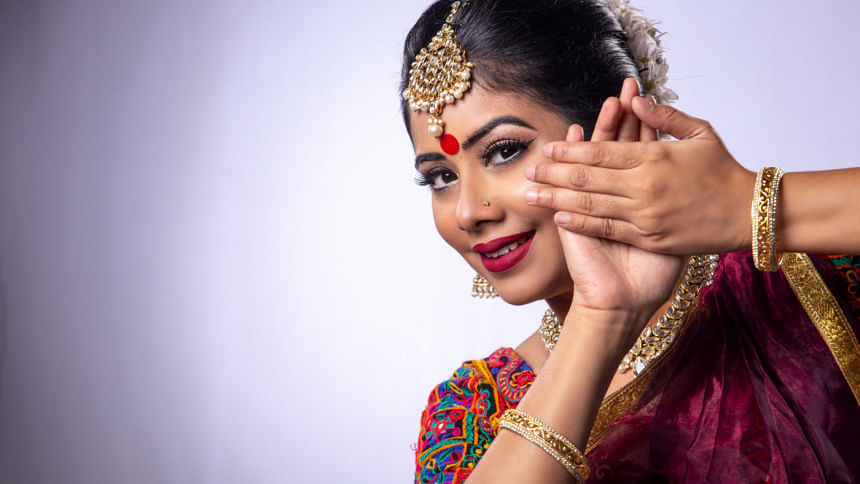
Rachel Priyanka: There was a time when dancing could not support a person financially. From an economic perspective, only dance as a career makes it quite difficult for a person to support themselves.
Orthy Ahmed: Even now, dancing as a career does not provide a stable income. However, it seems to be taking a turn for the better.
Rafi: What is the state of classical dance in our country?
Rachel: Through YouTube and similar platforms, people are starting to develop an interest in dancing. Back in the day, this art form did not attract a huge audience. Our predecessors have carved the path for us, and I strongly believe that the future generation will further strengthen it.
Sudeshna: Compared to before, people are now more interested in dance — even the common people. The credit goes to the hard work of the pioneers of classical dance in our country.
Rafi: To my knowledge, the only platform to showcase dance is Shilpakala Academy. Why don't you rent other venues for dance shows?
Snata Shahrin: Theatre troupes hold shows there regularly. So, this regular practice results in a larger audience.
Rachel: If we want to do something similar for dancing, forums will need to be made. It is not for a single person to accomplish alone.
Rafi: Why hasn't such a forum been created yet?
Snata: Because we practise different forms of dance, this never crossed our minds. Now that I think of it, we four could start a forum together.
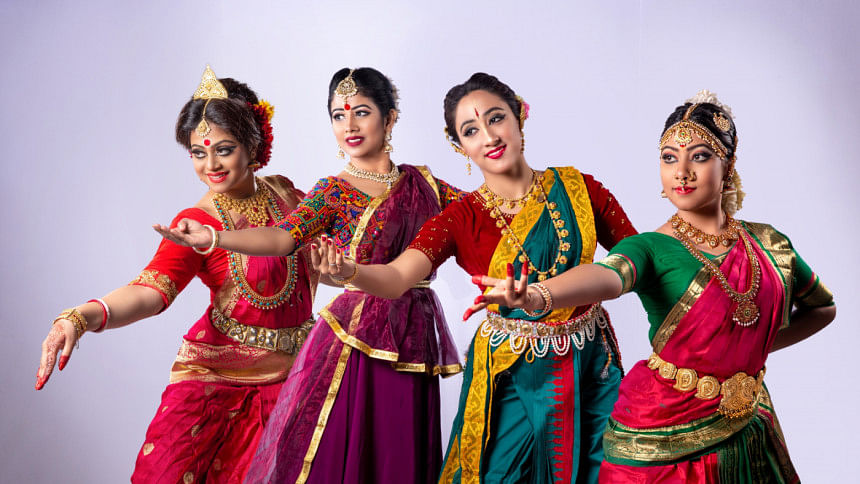
Rafi: Why don't you showcase the individual dance forms you practise?
Snata: We have always danced in groups. I don't think any dancer is ready to perform on their own. An hour-long individual dance performance is very difficult. If I were to do that, I would need adequate preparation and trained stagehands.
Rafi: Don't you think you should be the ones to pioneer this practice?
Snata: I have previously done similar things. I had an individual performance in Nittanchol. It isn't true that the practice hasn't started, but it needs to be made more regular.
Rafi: Are you getting enough opportunities?
Orthy: While growing up, I saw Warda Rizma apu and Prema apu going abroad to learn dance. Watching them inspired me, so I learnt the art in India. Many people do the same.
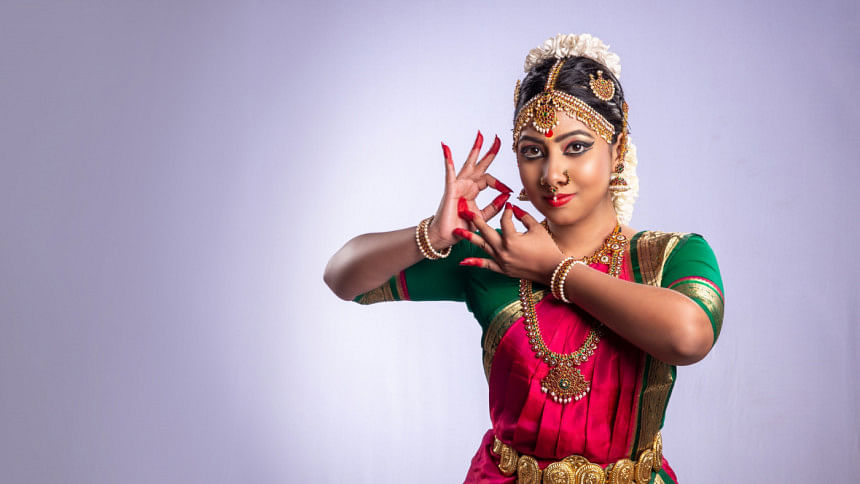
Rafi: Is it necessary to go to India to learn dance, or can it be learnt in Bangladesh as well?
Snata: It's not really necessary. I, myself, learnt dancing in Bangladesh.
Rafi: Many artists stop dance performance on stage; they teach instead. What do you think is the reason behind this?
Orthy: Perhaps they don't want to do it themselves, but want to teach others.
Snata: Our guru once told us, "As I haven't practised the art adequately, I will not perform it." We tried to persuade him many times, but he never deterred.
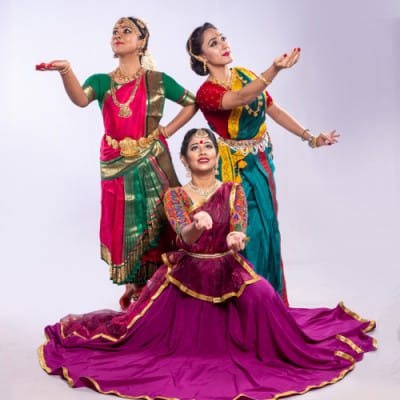
Rafi: What are your future plans?
Snata: I have been practicing the art for many years. Nowadays, I am also working as a choreographer in Natya Para. I have to pay close attention to the storyline, setting, mood and the director's preferences. I really like what I'm doing. My son is very young now, so I can't leave him alone. I'll go to India to learn more about classical dance when he grows up a little. I teach dancing, but I want to dance onstage.
Rachel: I have only one aim — establish Gaudiya dance in Bangladesh. It is a classical Bengali dance, and I want the people of our country to see it as one.
Sudeshna: I'm currently focusing on Monipuri dance; I want to continue it further in life.
Orthy: Dance shouldn't only be performed onstage; the teaching is also very important. That is also the job of an artist. I like teaching. I will be performing and learning in the future, and I will switch to research and teaching the art. I prefer to see a dance that I have taught being performed onstage than to perform it myself. I've started a new project, Dance Your Age. These days, young children are dressing up like adults and dancing along to adult songs. This is also something that should be kept away from children. My project aims to spread awareness among dance programme organisers and teachers. I also want to work with dance management in different events.
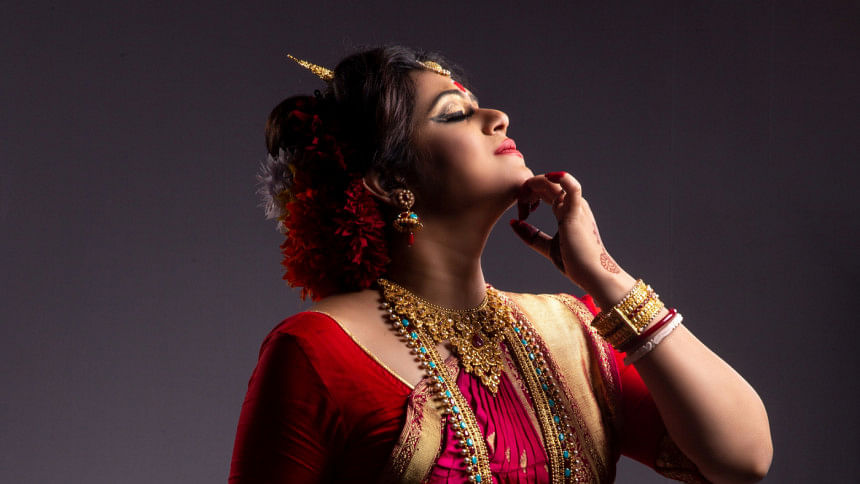
Rafi: Among the newcomers, who do you think is doing a good job?
Orthy: I love the work of Pronti Dey who does Bharatanatyam. I'm also a fan of my senior, Mouri apu. I have a student named Anima Roy. I have high hopes for her.
Sudeshna: I love Upama's Bharatanatyam. I also love Jaya and Imran, who do Kathak. Afia can do Odissi dance very well. She hasn't made an appearance in public yet. Mouli dances very well; she's extremely hardworking. We have a lot of students with high potential. However, some don't focus on the classical form.
Rachel: With the names Orthy and Sudeshna mentioned, I would add Priyanka, who does Bharatanatyam.

 For all latest news, follow The Daily Star's Google News channel.
For all latest news, follow The Daily Star's Google News channel. 



Comments